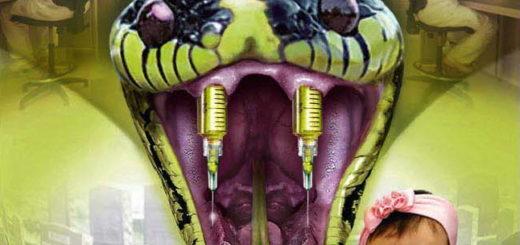Flesh-Eating Bacteria In Gulf Linked To BP Oil Spill
 Cases of beach-goers contracting the flesh-eating bacteria Vibrio vulnificuscontinue to occur in the warm water of the Gulf Coast this year, and one AuburnUniversity professor has uncovered a link between the potentially deadly bacteria and tar balls still present in the water after BP’s 2010 Deepwater Horizon oil spill.
Cases of beach-goers contracting the flesh-eating bacteria Vibrio vulnificuscontinue to occur in the warm water of the Gulf Coast this year, and one AuburnUniversity professor has uncovered a link between the potentially deadly bacteria and tar balls still present in the water after BP’s 2010 Deepwater Horizon oil spill.
Dr. Cova Arias, professor of aquatic microbiology at Auburn University, who has studied the impact of Vibrio on the Gulf’s oyster industry, set out to find if the bacteria could live in the tar still found in the water and along the beaches of the Gulf Coast.
According to Mobile’s WKRG, “She was highly surprised by what she found” – concentrations of Vibrio vulnificus bacteria 10 times higher in tar balls than in the surrounding land and 100 times more than in the surrounding water.
The tar balls, Dr. Arias said, act like magnets for bacteria, and she suspects the flesh-eating bacteria feed on the microbes that break down the residual oil and tar.
Dr. Aria and other researchers also compared Vibrio levels in tar balls from the BP oil spill to samples taken from the same areas before the spill occurred.
“What we also found was in water, the numbers were about 10 times higher than the numbers that have reported before from that area,” Dr. Arias told WKRG. “So the water alone had 10 times as much Vibrio as before the oil spill, and the tar balls themselves had 100 times more Vibrio than the water.”
This alarming finding may be responsible for the dozens of cases of vibrio infection reported along the Gulf Coast. In Florida alone, 32 people have been hospitalized with vibrio infections and 10 have died so far this year. Last year, 41 people were infected and 11 died in the state. Additional cases have been recorded in Alabama, Louisiana, Mississippi and Texas.
Vibrio vulnificus is a cousin of the bacteria that causes Cholera, and in many cases it can be successfully treated with antibiotics. It usually enters the body through scrapes, cuts, or blisters on the skin or by consuming raw seafood, such as Gulf oysters.
Once it invades the body, the bacteria rapidly consume the flesh around it, so detecting and treating a vibrio infection at the earliest stages are the keys to survival. Left untreated or treated too late, the bacteria can kill a person in a matter of hours.
Public health officials are now warning beachgoers to avoid picking up, stepping on, or coming into contact with any tar balls they find on the beach. They are usually small black masses, often with bits of shell and coral. All it takes is one abrasion on the skin for the bacteria to enter and grow.
Anyone who swims in the Gulf should wash off before heading home and keep a close eye out for any skin abnormalities that may appear. If any are found, seek medical attention immediately.
Sources:














